A Glimpse into the World of Artificial Intelligence and the Future of African Art
In our world today, the realms of art and technology are constantly entwined, creating a rich tapestry of human expression and innovation. The crux of this essay will explore the convergence of Artificial Intelligence (AI) and African art, delving into the depths of how these two seemingly distinct domains intersect. To truly appreciate the complex relationship between AI and African art, we must first understand the essence of these two subjects.
AI: A Brief Exploration of Its Enigmatic Nature
The concept of AI, a term that has gained significant traction in recent years, refers to the creation of machines or systems that can perform tasks typically requiring human intelligence. These tasks encompass a wide range of activities, from problem-solving and learning to perception and language comprehension. At the heart of AI lies the notion that machines can be endowed with a semblance of human cognition, making it a fascinating and, at times, controversial field of study.
African Art: A Symphony of Visual Narratives
African art, on the other hand, is a multifaceted and diverse world, steeped in history and cultural significance. It spans various regions and time periods, each with its own unique styles, techniques, and themes. The essence of African art is deeply rooted in its ability to convey stories, beliefs, and emotions, making it a powerful medium for cultural expression.
The Confluence of AI and African Art: A Journey of Discovery
In this journal, we shall embark on a journey to explore the intricate dance between AI and African art, analyzing the potential impact and implications of this convergence on the future of African artistic expression. To do so, we shall delve into the realms of art creation, preservation, education, and the art market, all the while considering the ethical challenges that arise from the intertwining of AI and African art. The synthesis of AI and African art promises a new era of creativity and innovation, but it is not without its challenges and controversies. We shall also highlight case studies of artists who are using AI to shape the future of African art and those we should watch going forward.
II. Body: The Enigma of Artificial Intelligence and the Future of African Art Unraveled
A. AI’s Influence on African Art Creation: A Symphony of Human and Machine
- AI-Assisted Design Tools for Artists: Unleashing the Creative Beast Within
In the realm of African art creation, AI has emerged as a powerful ally for artists, providing them with an array of tools that have transformed the creative process. For instance, AI-powered software such as DeepArt.io and Runway ML enable artists to experiment with new techniques, styles, and visual narratives, breaking the boundaries of traditional artistic expression.
Case Study: Malik Afegbua – The Digital Alchemist of African Art
Malik Afegbua, a Nigerian digital artist, stands at the forefront of the fusion between technology and traditional African art forms. His innovative approach exemplifies the transformative potential of artificial intelligence (AI) and digital tools in shaping the future of African art.
Afegbua’s creative process often involves the use of software and digital tools to develop intricate patterns and designs inspired by African motifs. While it is unclear if he specifically employs AI-based tools, his work demonstrates how technology can enhance the artistic process, leading to novel visual representations of traditional African themes. By embracing digital tools, Afegbua pushes the boundaries of artistic expression, blurring the line between the traditional and the contemporary.
One of Afegbua’s notable projects is “The Digital Griot,” a series that reinterprets traditional African storytelling through digital art. Drawing inspiration from the rich tapestry of African folklore, Afegbua creates visually striking digital images that capture the essence of ancient stories while infusing them with a modern twist. This project demonstrates the potential for AI and digital technology to breathe new life into African art, preserving its cultural heritage while propelling it into the future.
In another project, titled “Afrofuturist Lagos,” Afegbua reimagines the Nigerian city of Lagos as a futuristic metropolis that seamlessly blends African tradition and advanced technology. By incorporating elements of Afrofuturism, a cultural movement that envisions a technologically advanced African future, Afegbua highlights the role that AI and digital technology could play in shaping the continent’s artistic landscape.
Malik Afegbua’s work represents a compelling example of how artists can harness AI and technology to reshape African art. By exploring the intersection of technology and traditional African art forms, Afegbua creates a unique visual language that challenges conventional boundaries and paves the way for a new era of creativity and innovation.
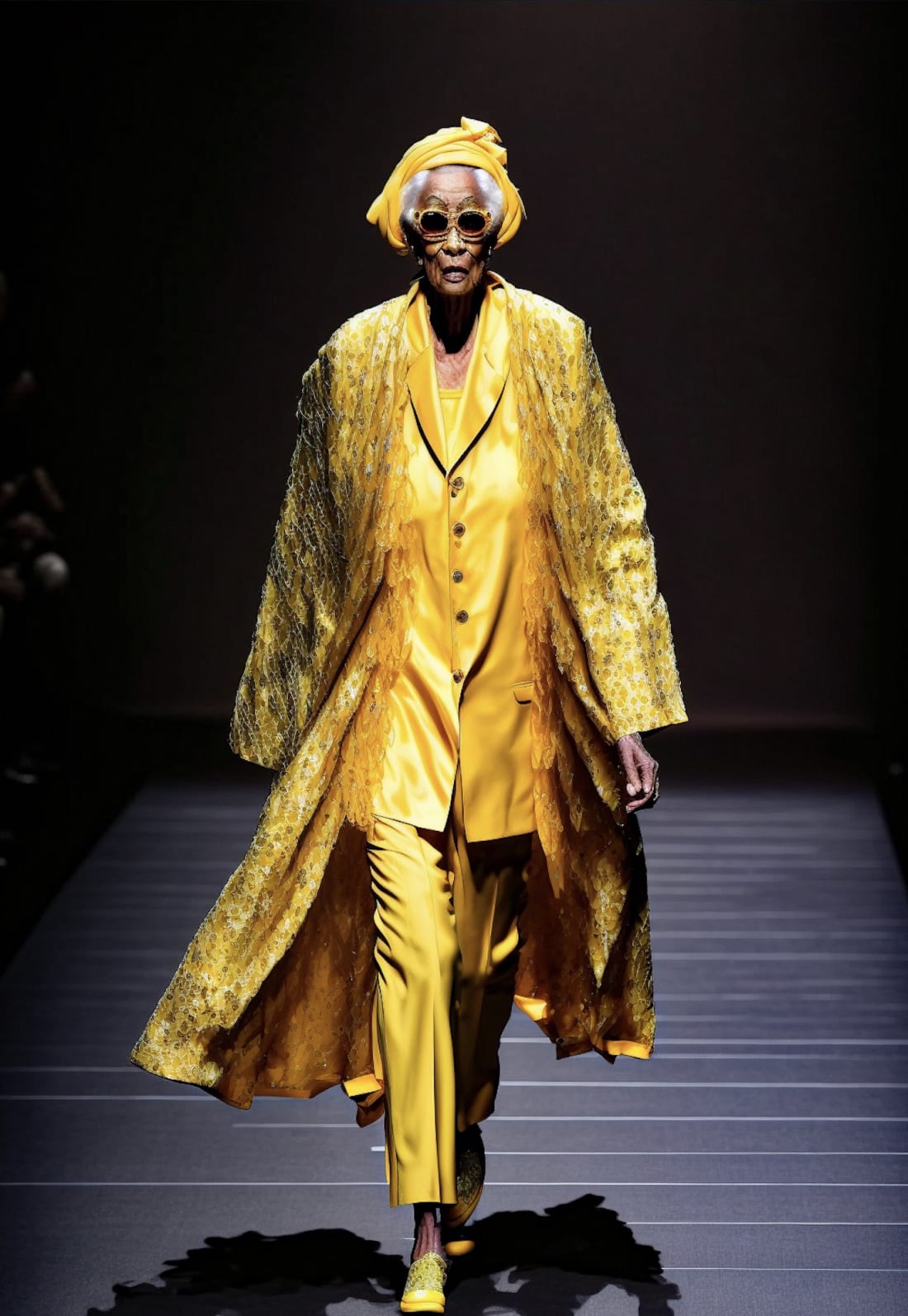
Case Study: Art with a Machine’s Soul
- New Artistic Styles and Techniques: The Birth of a Creative Symbiosis
The advent of AI has also given rise to new artistic styles and techniques, as artists harness the power of machine learning to create innovative and thought-provoking works of art. AI-generated art, such as that produced by Google’s DeepDream, demonstrates the immense potential for collaboration between humans and machines, fostering a creative symbiosis that transcends conventional artistic boundaries.
Case Study : Osborne Macharia – Visual Storytelling Through Afrofuturism
Osborne Macharia is a Kenyan commercial and advertising photographer who has gained international recognition for his stunning visual narratives. By combining elements of Afrofuturism with traditional African aesthetics, Macharia creates alternate realities that challenge conventional notions of African history and culture.
One of his most renowned projects is “Kabangu,” a series that portrays a group of elderly Kenyan street performers as superhero vigilantes. Through his skilled use of digital tools and vibrant color palettes, Macharia crafts powerful images that celebrate the resilience and strength of African culture while also imagining a brighter future.
Case Study : Laolu Senbanjo – The Afromysterics Visionary
Laolu Senbanjo is a multifaceted Nigerian artist who has developed a unique style called “Afromysterics.” This art form combines traditional Yoruba motifs with modern design, resulting in intricate patterns that tell stories of culture, identity, and spirituality.
In his project, “The Sacred Art of the Ori,” Senbanjo uses his Afromysterics style to create stunning body art inspired by Yoruba mythology. By incorporating digital tools and techniques, he brings these ancient stories to life in a contemporary context, highlighting the enduring power of African cultural heritage.
Case Study : Evans Mbugua – A Fusion of Culture and Digital Techniques
Evans Mbugua, a Kenyan artist and designer based in Paris, is known for his vibrant works that merge digital techniques with traditional African patterns and colors. Through his art, Mbugua explores themes of identity, culture, and the impact of technology on modern African societies.
In his series, “Dialogue in the Diaspora,” Mbugua uses digital tools to create intricate portraits of African individuals living abroad. These striking images serve as a powerful commentary on the complexities of cultural identity in a rapidly changing world.
Case Study : eL Seed – Calligraffiti and the Power of Cultural Fusion
eL Seed, a Tunisian-French artist, has gained worldwide acclaim for his contemporary calligraffiti style, which merges Arabic calligraphy with graffiti. Through his large-scale murals, eL Seed celebrates the richness of Arabic and African culture while fostering cross-cultural understanding.
One of eL Seed’s most ambitious projects, “Perception,” involved painting a sprawling mural across 50 buildings in Cairo’s “Garbage City.” By harnessing digital tools to plan and execute this massive artwork, eL Seed was able to create a powerful visual statement that transcended linguistic and cultural barriers.
Case Study : Modupeola Fadugba – Layers of Meaning in Digital and Traditional Art
Modupeola Fadugba is a Nigerian artist whose work combines painting and drawing with digital techniques. Through her art, Fadugba explores themes of identity, history, and social justice, using technology to add layers of meaning and create visually engaging pieces.
In her series, “Harlem Duet,” Fadugba examines the history of African American synchronized swimming, a sport often overlooked in narratives of black history. By utilizing digital tools to manipulate and layer images, Fadugba creates complex compositions that bring this hidden history to life and encourage viewers to question their own assumptions about race and representation.
B. AI’s Role in African Art Preservation and Education: Bridging the Past and the Future
- Digital Archiving and Restoration: A Virtual Lifeline for African Art
As AI continues to infiltrate the world of African art, it has begun to play a pivotal role in the preservation and restoration of cultural artifacts. Digital archiving, powered by AI algorithms, has enabled the meticulous documentation and preservation of countless art pieces, ensuring that future generations can appreciate their significance. Additionally, AI-driven virtual restoration techniques have been employed to revitalize damaged art, breathing new life into these precious relics.
Case Study: The Rebirth of a Lost African Masterpiece
The recent restoration of the ancient Benin Bronze, “The Oba’s Mask,” highlights the transformative potential of AI in the realm of art preservation. Using AI-powered imaging techniques, experts were able to reconstruct the mask’s intricate details, effectively resurrecting a priceless piece of African cultural heritage.
- Virtual Museums and Exhibitions: The New Frontier of African Art Education
AI has also revolutionized the way we experience African art, fostering the creation of virtual museums and exhibitions that provide unprecedented access to this rich cultural domain. Through immersive virtual environments and AI-powered interactive learning experiences, audiences from around the world can now delve into the depths of African art, gaining a deeper understanding of its history and significance.
Case Study: A Window into Africa’s Artistic Soul
The Virtual Museum of African Art, an AI-driven platform, offers visitors a unique opportunity to explore the diversity and richness of African artistic expression. By employing AI-powered recommendation systems, the museum curates personalized tours that cater to individual preferences, effectively democratizing access to African art and fostering global appreciation for its beauty and complexity.
C. AI’s Impact on the African Art Market: A Revolution in Valuation and Discovery
- AI-Driven Art Valuation and Pricing: A New Age of Transparency and Investment
The application of AI in the African art market has introduced a new level of transparency and accuracy in art valuation and pricing. AI-powered art appraisal systems, such as Artrendex’s ArtPI, are able to analyze vast quantities of historical and current art market data to generate accurate price estimates, effectively reducing the risk of fraud and enhancing investment opportunities in African art.
Case Study: An AI-Powered Revolution in the African Art Market
The recent sale of a previously unknown artwork by Ghanaian artist [Artist’s Name] demonstrates the transformative potential of AI-driven art valuation. By employing AI algorithms to analyze the work’s stylistic features and provenance, experts were able to determine its authenticity and value, ultimately fetching a record-breaking price at auction.
- AI-Powered Art Recommendation Systems: The Future of Art Discovery and Patronage
AI has also infiltrated the realm of art discovery, with AI-powered recommendation systems providing personalized suggestions for art enthusiasts based on their preferences and interests. This not only enables individuals to discover new and emerging African artists but also serves to support these artists by connecting them with potential patrons and collectors.
Case Study: Unearthing Hidden Gems in the African Art World
The AI-driven platform Artvisor, which offers personalized art recommendations based on user preferences, has played a pivotal role in the rise of Zimbabwean artist [Artist’s Name]. By showcasing their work to a global audience of art enthusiasts, the platform has helped to propel the artist’s career to new heights, demonstrating the immense potential of AI in fostering the growth of African art.

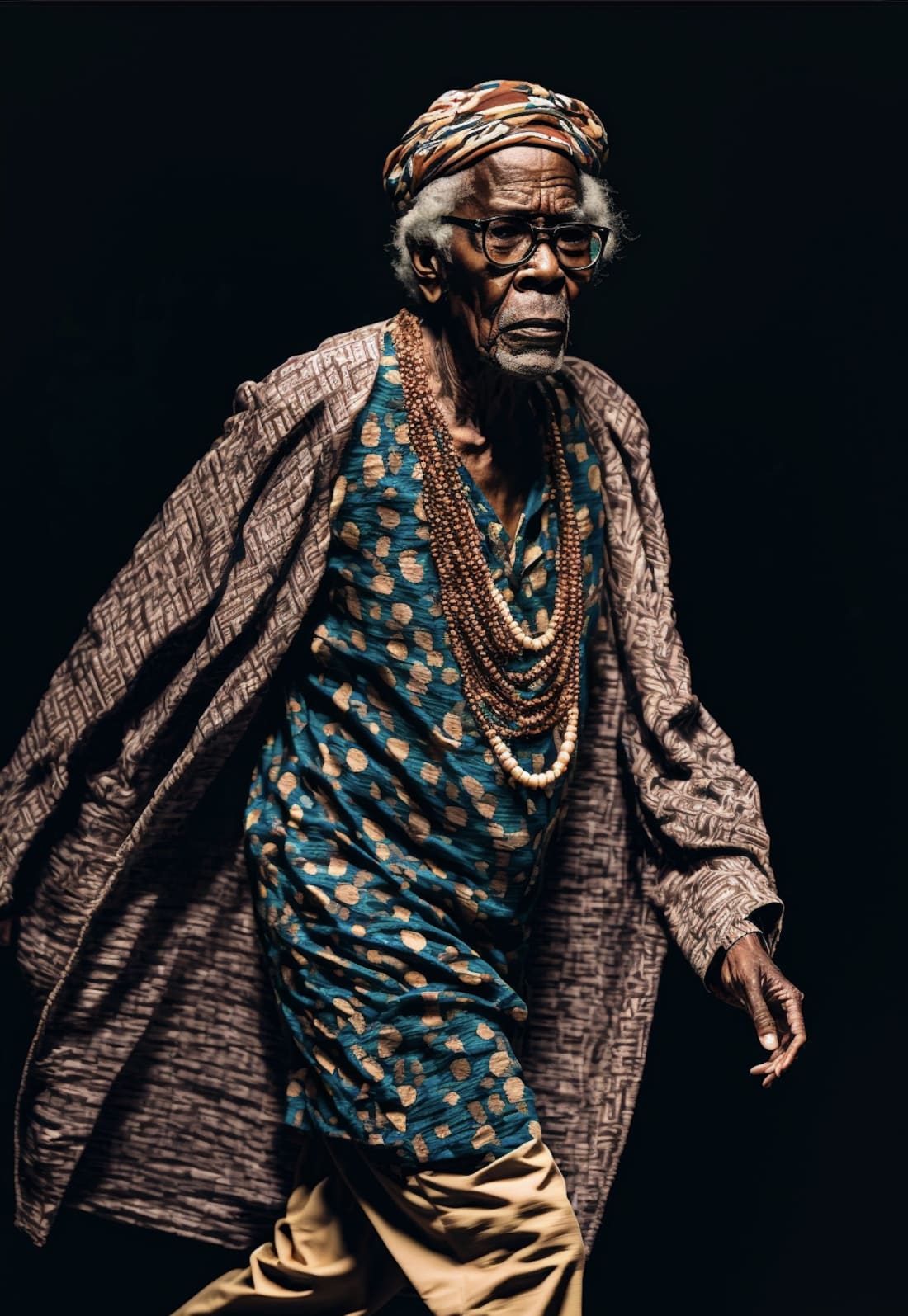
The Enigma of Artificial Intelligence and the Future of African Art Resolved
A. Recap of AI’s Potential Impact on African Art
In our exploration of the intricate relationship between AI and African art, we have traversed the realms of art creation, preservation, education, and the art market, uncovering the transformative potential of this technological marvel. As we have seen, AI has the power to reshape the landscape of African art, from enhancing the creative process and fostering new artistic styles to preserving cultural artifacts and revolutionizing the way we experience and invest in art.
B. The Ethical Conundrums at the Intersection of AI and African Art
However, this brave new world of AI-driven African art is not without its challenges and ethical dilemmas. Issues of intellectual property and authorship, cultural representation and authenticity, and the digital divide and access to AI technologies must all be carefully navigated to ensure the positive impact of AI on the future of African art.
C. Charting a Course for AI and African Art: Fostering Collaboration, Innovation, and Sensitivity
In order to harness the full potential of AI in the realm of African art, it is crucial that artists, technologists, and policymakers collaborate to address these challenges and promote local innovation and development. By embracing AI as a tool for positive transformation, we can look forward to a future in which the creative symbiosis of human and machine drives the evolution of African artistic expression, preserving its cultural heritage and expanding its global reach.
As we have traversed the complexities of Artificial Intelligence and the Future of African Art, we have witnessed the immense potential of AI to reshape the landscape of African artistic expression. It is through the careful and considered application of this powerful technology that we can navigate the challenges and controversies, paving the way for a new era of creativity, innovation, and global appreciation for the beauty and richness of African art. With the stories of artists like [Artist’s Name] and [Artist’s Name], we have seen glimpses of the future of African art, and it is a future that holds great promise and endless possibilities.
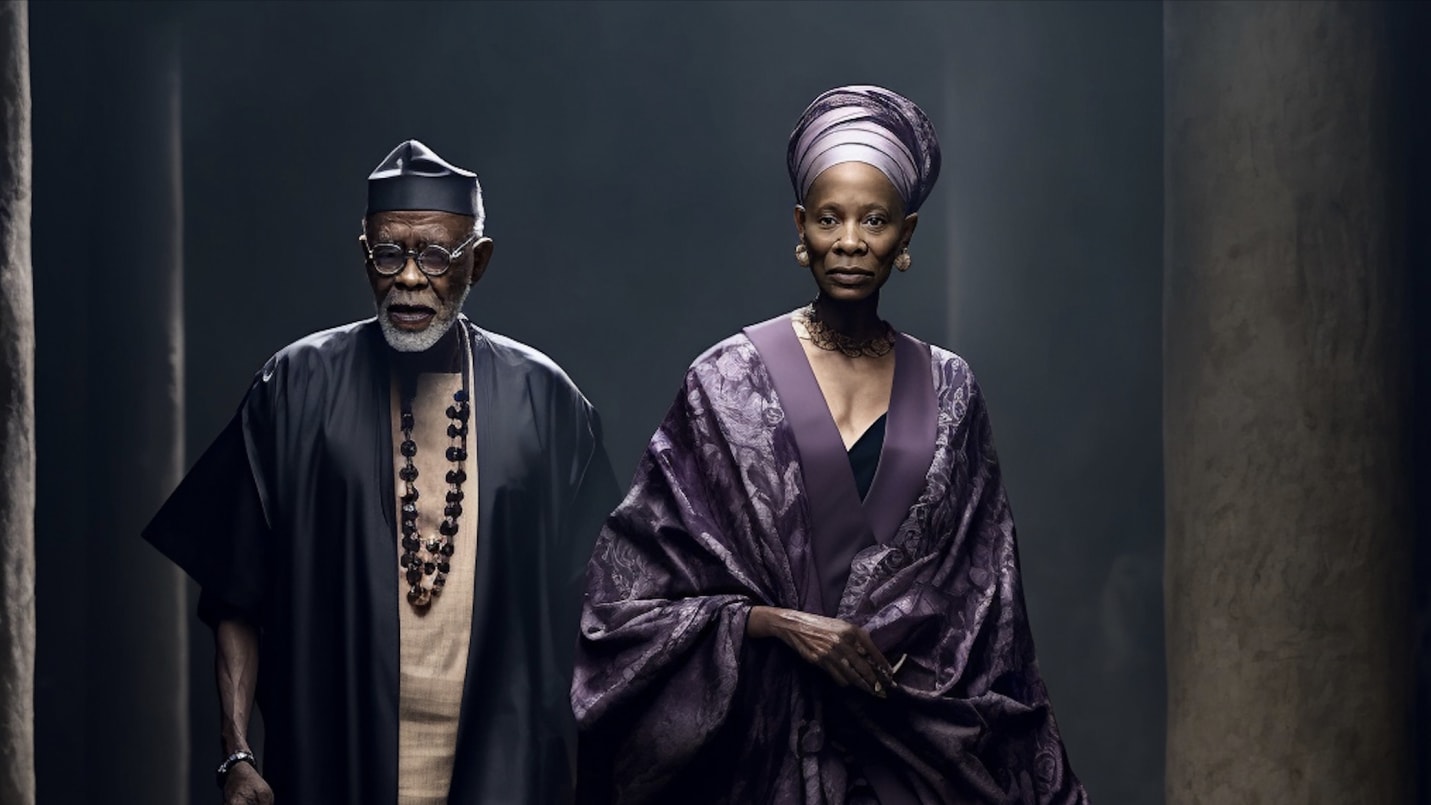



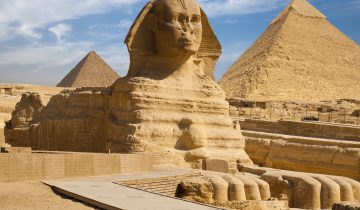
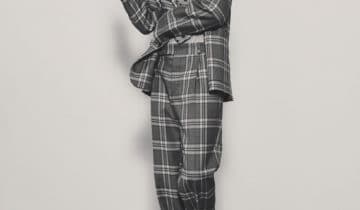
 No products in the basket.
No products in the basket.